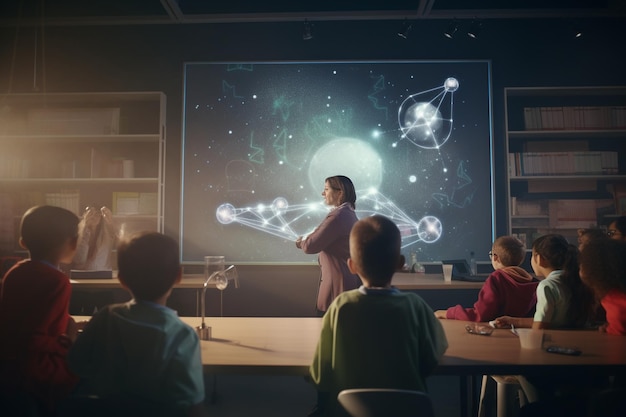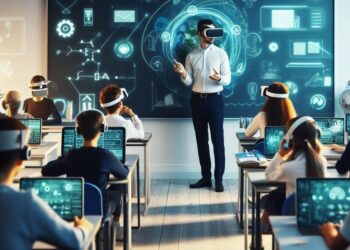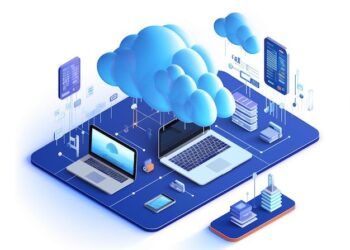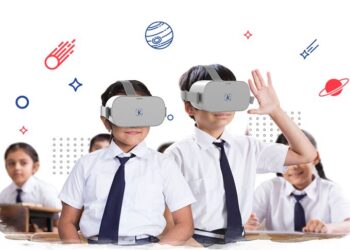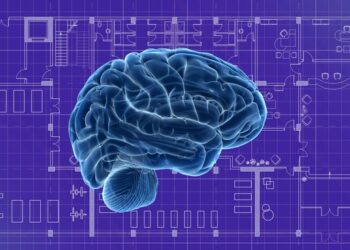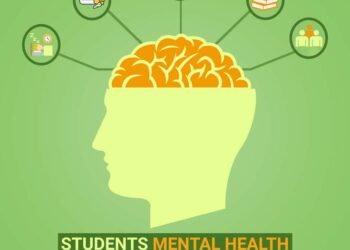The world of education is in a constant state of flux. Traditional, lecture-based learning, while still relevant in some contexts, is no longer sufficient to prepare students for a rapidly changing, technology-driven world. The modern educator is tasked not just with imparting knowledge but with fostering critical thinking, creativity, collaboration, and problem-solving skills. This has led to a surge in innovative teaching methods that move beyond rote memorization and toward a more engaging, student-centric approach. These new methodologies leverage technology, psychology, and a deeper understanding of how the human brain learns, promising a more effective and equitable educational experience for all. This comprehensive article delves into the most impactful and forward-thinking teaching strategies being implemented today, exploring their benefits, challenges, and how they are reshaping the classroom of the 21st century.
A. The Shift from Teacher-Centric to Student-Centric Learning
For generations, the classroom model was largely defined by a teacher standing at the front of the room, delivering information to a passive audience. Today, the focus has shifted dramatically. Student-centric learning puts the learner at the heart of the educational process. This approach recognizes that each student is a unique individual with different learning styles, paces, and interests. It aims to empower students to take ownership of their education, encouraging curiosity and independent exploration. This fundamental change is the driving force behind many of the methods discussed below.
B. Project-Based Learning (PBL): Real-World Application
Project-Based Learning is an instructional approach where students gain knowledge and skills by working for an extended period to investigate and respond to an authentic, engaging, and complex question, problem, or challenge. Instead of simply memorizing facts, students apply what they’ve learned to create a tangible product, presentation, or performance.
A. Key Characteristics of PBL:
- Authenticity: Projects are based on real-world issues, making learning more relevant and meaningful.
- Inquiry: Students are encouraged to ask questions and seek answers independently.
- Collaboration: Students often work in groups, developing essential teamwork and communication skills.
- Reflection: Students are prompted to reflect on their learning journey and the outcomes of their projects.
B. Advantages of PBL:
- Deep Understanding: Students develop a more profound grasp of concepts by applying them directly.
- Skill Development: It fosters critical thinking, problem-solving, and time management.
- Engagement: The hands-on, creative nature of projects keeps students highly motivated.
C. Challenges of PBL:
- Resource Intensive: It can require more time and resources than traditional methods.
- Assessment Difficulty: Evaluating individual student contributions in a group project can be challenging.
C. Gamification: Turning Learning into a Game
Gamification applies game design elements and game principles in non-game contexts, such as education. By using elements like points, badges, leaderboards, and challenges, educators can make the learning process more enjoyable and motivating. The core idea is to tap into the human psychological desire for competition, achievement, and mastery.
A. How Gamification Works:
- Points and Rewards: Students earn points for completing assignments or achieving milestones, which can be exchanged for rewards.
- Badges and Achievements: Digital badges are awarded to recognize accomplishments, providing a sense of progress.
- Leaderboards: A leaderboard can foster friendly competition among students.
- Narrative and Storytelling: Integrating learning into a compelling story can make the content more memorable and engaging.
B. Benefits of Gamification:
- Increased Motivation: The reward system encourages students to participate and complete tasks.
- Enhanced Engagement: The interactive nature of games keeps students focused and interested.
- Immediate Feedback: Games provide instant feedback on performance, allowing for quick adjustments.

C. Potential Pitfalls:
- Overemphasis on Competition: A strong focus on leaderboards might discourage students who are not performing well.
- Diluting Content: The “game” aspect should not overshadow the core educational content.
D. The Flipped Classroom: Learning at Your Own Pace
The flipped classroom model inverts the traditional teaching structure. Instead of listening to lectures in class and doing homework at home, students consume lecture material (e.g., video lessons) at home and work on problem-solving, projects, and discussions in the classroom with the teacher’s guidance. This model leverages technology to make classroom time more interactive and productive.
A. The Mechanics of Flipping:
- Out-of-Class: Students watch pre-recorded video lectures or read assigned materials at their own pace. This allows them to pause, rewind, and re-watch as needed.
- In-Class: The classroom becomes a dynamic hub for collaboration. The teacher acts as a facilitator, providing personalized support, clarifying concepts, and guiding students through hands-on activities.
B. Advantages of a Flipped Classroom:
- Personalized Learning: Students can learn at a pace that suits them.
- Enhanced Interaction: Classroom time is dedicated to meaningful discussions and collaborative activities.
- Teacher as a Facilitator: The teacher’s role shifts from a lecturer to a coach, providing more targeted assistance.
C. Challenges of Flipped Learning:
- Requires Self-Discipline: Students must be motivated to complete the out-of-class work.
- Technology Access: Not all students may have reliable internet access or a device to watch the videos.
- Content Creation: Teachers must create or curate high-quality video lectures, which can be time-consuming.
E. Differentiated Instruction: Tailoring Education for Every Student
Recognizing that no two students are alike, differentiated instruction is an approach that tailors the content, process, and product of learning to meet the needs of individual students. This isn’t about giving different students different material but rather providing varying degrees of complexity, support, and choice.
A. The Three Pillars of Differentiation:
- Content: What a student needs to learn or how they access the information. This could involve providing different reading levels or using a variety of formats (audio, video, text).
- Process: How a student makes sense of the learning material. This could include group work, individual research, or hands-on activities.
- Product: How a student demonstrates what they have learned. This could be a written report, an oral presentation, a video, or a model.
B. Benefits of Differentiated Instruction:
- Equity: It ensures that every student, regardless of their background or ability, has a pathway to success.
- Increased Engagement: Students are more invested in their learning when the content and tasks are relevant to them.
- Better Outcomes: By addressing individual needs, this approach can lead to higher academic achievement.
F. Technology’s Role in Modern Education
Technology is not just a tool; it’s a fundamental enabler of these new teaching methods. It has shattered the walls of the traditional classroom, creating a global learning community.
A. Learning Management Systems (LMS): Platforms like Google Classroom and Canvas streamline communication, assignment submission, and grading, making the administrative side of education more efficient.
B. Educational Apps and Software: Apps like Duolingo for languages or Khan Academy for math provide personalized, adaptive learning experiences that complement classroom instruction.
C. Virtual and Augmented Reality (VR/AR): VR can transport students to ancient Rome or to the inside of a human cell, while AR can overlay digital information onto the real world. These technologies make abstract concepts tangible and exciting.
D. Artificial Intelligence (AI): AI is being used to create personalized learning paths, provide instant feedback on student work, and even to automate administrative tasks, freeing up teachers to focus on what they do best: teaching.
G. The Challenges and Future Outlook
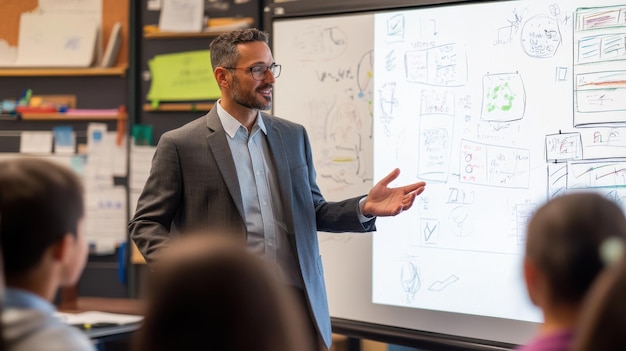
Despite the promise of these innovative methods, their widespread adoption faces several challenges. Teacher training is a significant hurdle; many educators were trained in a traditional model and may be hesitant to embrace new, unfamiliar approaches. Furthermore, the digital divide remains a critical issue, as not all students have equal access to the necessary technology or a reliable internet connection. Funding for new technologies and professional development is also a constant concern for schools and districts.
However, the future of education is undeniably bright. As these innovative methods become more mainstream, we can expect to see a more dynamic, inclusive, and effective educational system. The classroom of the future will be a vibrant, collaborative space where students are not just passive recipients of information but active creators of knowledge. The goal is no longer just to fill a student’s head with facts but to ignite their curiosity and equip them with the skills to learn and adapt for a lifetime. The journey from traditional to innovative teaching is a long one, but it’s a journey worth taking for the sake of the next generation.

